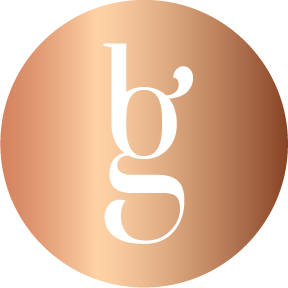1. Remembering
Q1: What is the repetition rate in laser hair removal?
A1: Repetition rate refers to the number of laser pulses delivered per second, measured in Hertz (Hz).Q2: How is the repetition rate measured?
A2: It is measured in Hertz (Hz).Q3: What happens when the repetition rate is increased?
A3: Increasing the repetition rate delivers more laser pulses per second, speeding up the treatment process.
2. Understanding
Q1: Explain how repetition rate affects the speed of laser treatments.
A1: A higher repetition rate increases the number of pulses per second, allowing for faster coverage of large treatment areas.Q2: How does a lower repetition rate reduce heat buildup?
A2: A lower repetition rate delivers fewer pulses per second, giving the skin more time to cool between pulses and reducing heat buildup.Q3: Why would you use a lower repetition rate for sensitive areas like the face?
A3: Lower repetition rates allow for more control and reduce the risk of overheating delicate areas.
3. Applying
Q1: If a client is receiving laser treatment on a large area like the legs, what repetition rate would you use and why?
A1: A higher repetition rate would be used to cover the large area more quickly, making the treatment more efficient.Q2: How would you adjust the repetition rate if a client reports discomfort from heat buildup?
A2: You would lower the repetition rate to reduce the number of pulses per second, giving the skin more time to cool down.Q3: A client with sensitive skin is being treated on the face. How would you adjust the repetition rate for their comfort?
A3: You would use a lower repetition rate to reduce the risk of excessive heat and ensure a gentler treatment.
4. Analyzing
Q1: Compare the effects of using a high repetition rate versus a low repetition rate on client comfort.
A1: High repetition rates can cause faster heat buildup, leading to discomfort, while lower rates allow for better heat control and may be more comfortable.Q2: How would an incorrect repetition rate impact the safety of a laser treatment session?
A2: Using a high repetition rate in sensitive areas could lead to burns or skin damage, while a low repetition rate may slow down treatment without improving safety.Q3: Analyze how repetition rate interacts with fluence to optimize laser hair removal results.
A3: Repetition rate controls the speed of pulses, while fluence determines the energy per pulse. A balance between them ensures effective hair removal without causing skin damage.
5. Evaluating
Q1: Evaluate the benefits and risks of using a high repetition rate for laser treatments on large areas like the back.
A1: The benefit is faster treatment time, but the risk is increased heat buildup, which can cause discomfort if not managed properly.Q2: Why is it important to lower the repetition rate when treating sensitive areas?
A2: Lowering the repetition rate gives the skin time to cool between pulses, reducing the risk of burns or discomfort in sensitive areas.Q3: Assess the impact of using a low repetition rate for treatments on large areas.
A3: A low repetition rate could make the treatment slower, reducing efficiency, but it might also provide better comfort by minimizing heat buildup.
6. Creating
Q1: Design a treatment protocol for using different repetition rates on both large and small treatment areas in the same session.
A1: Use a high repetition rate for large areas like the legs for faster coverage, and lower the repetition rate for small or sensitive areas like the face to reduce discomfort.Q2: Create a guide for adjusting repetition rate based on client skin sensitivity and treatment area.
A2: For sensitive skin or small areas, use a lower repetition rate. For large areas and less sensitive skin, use a higher repetition rate to optimize treatment time.Q3: Propose a method for training estheticians to adjust repetition rate dynamically based on client feedback during treatment.
A3: Train estheticians to start with moderate repetition rates and adjust based on client heat tolerance, ensuring that the rate is comfortable and effective.

